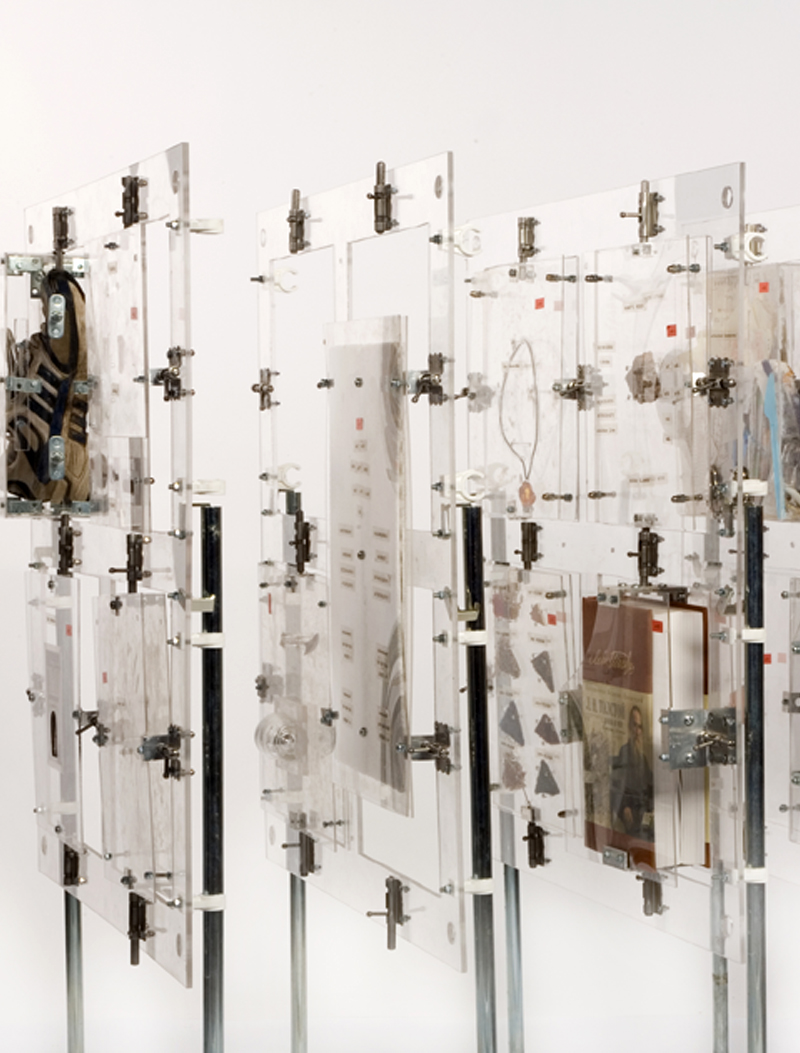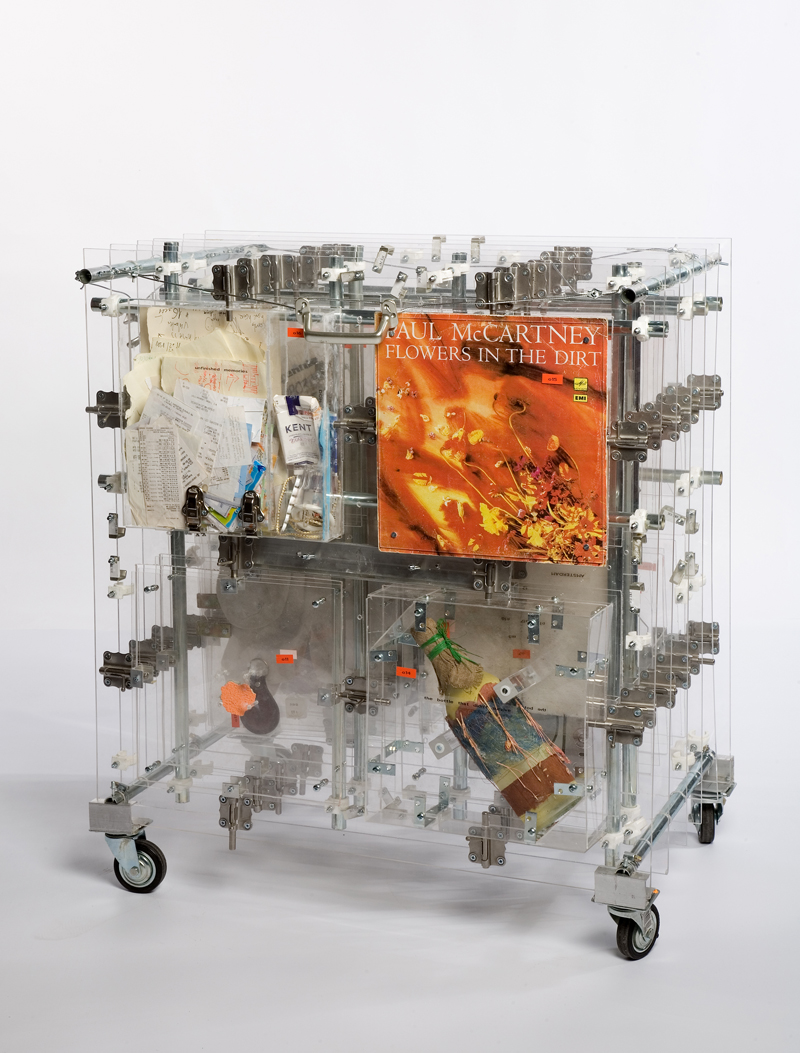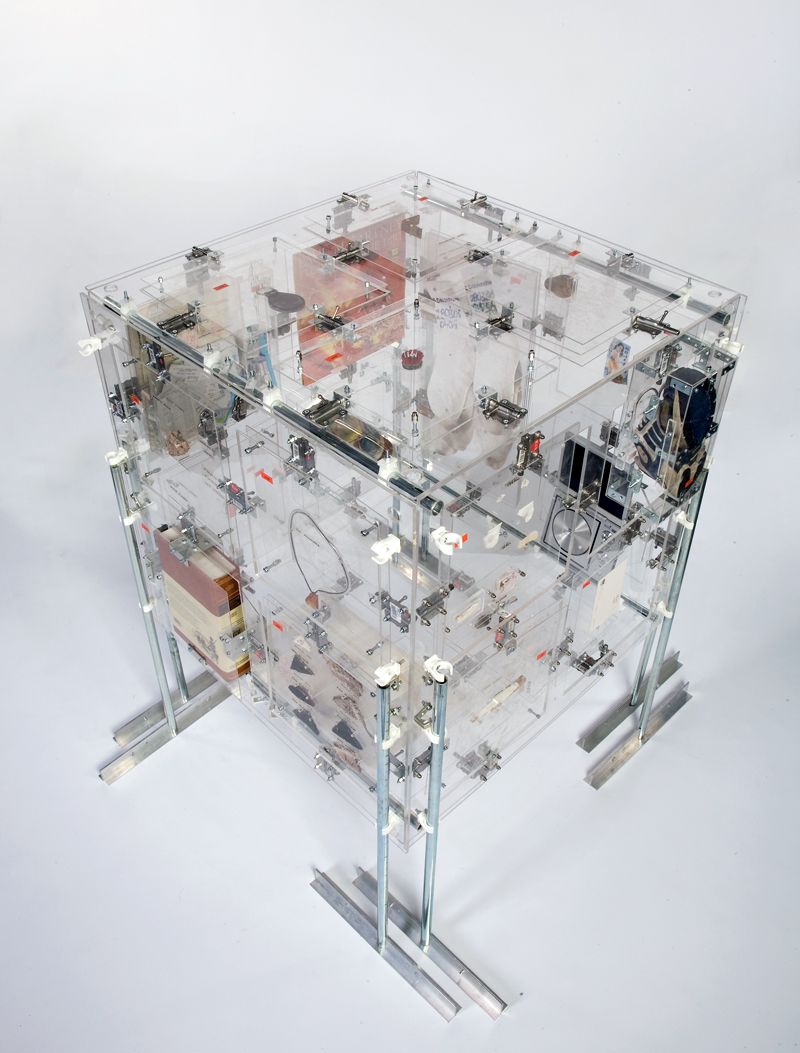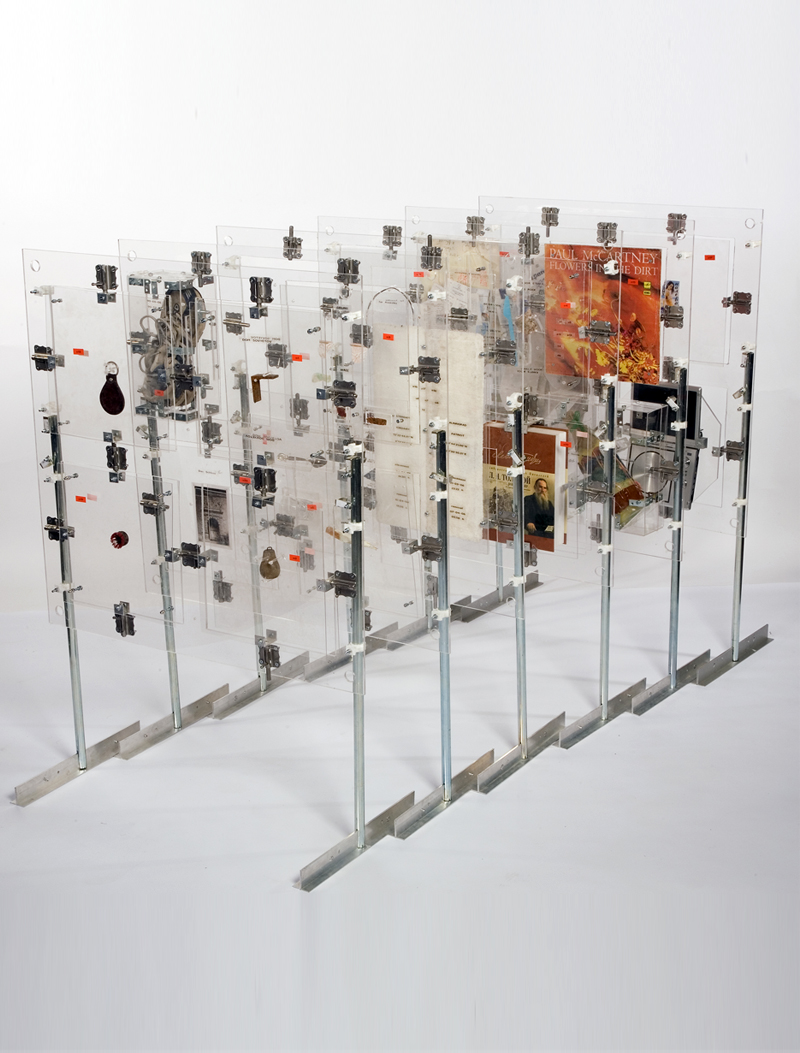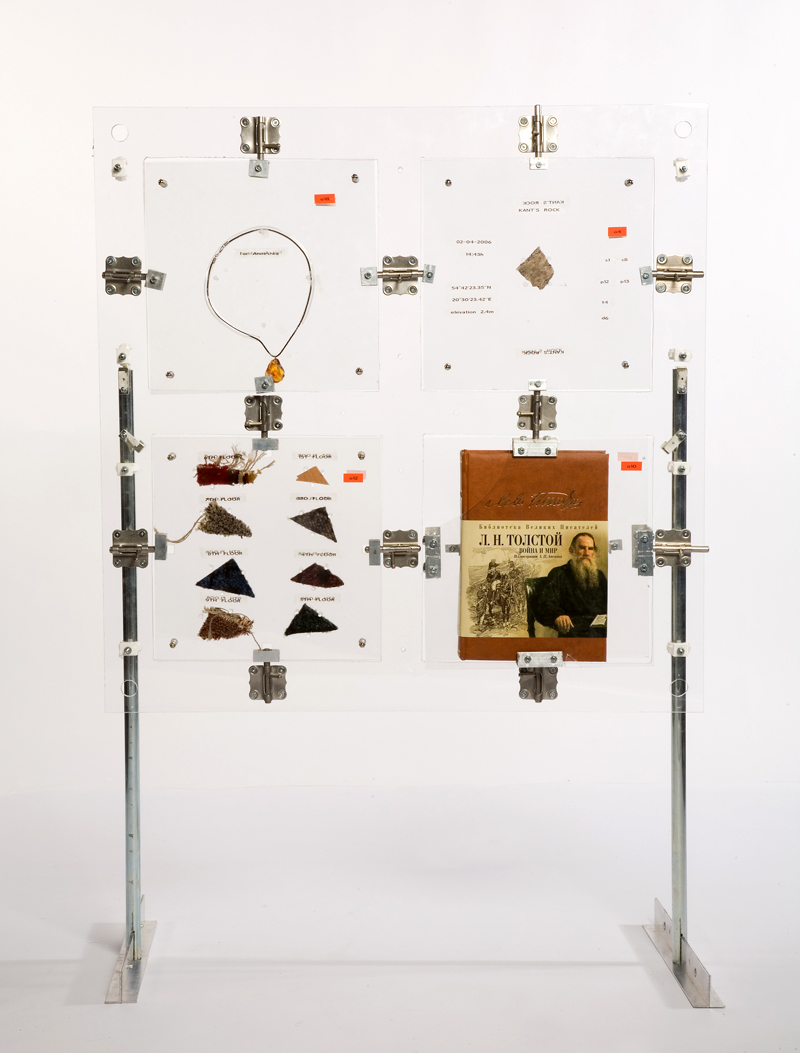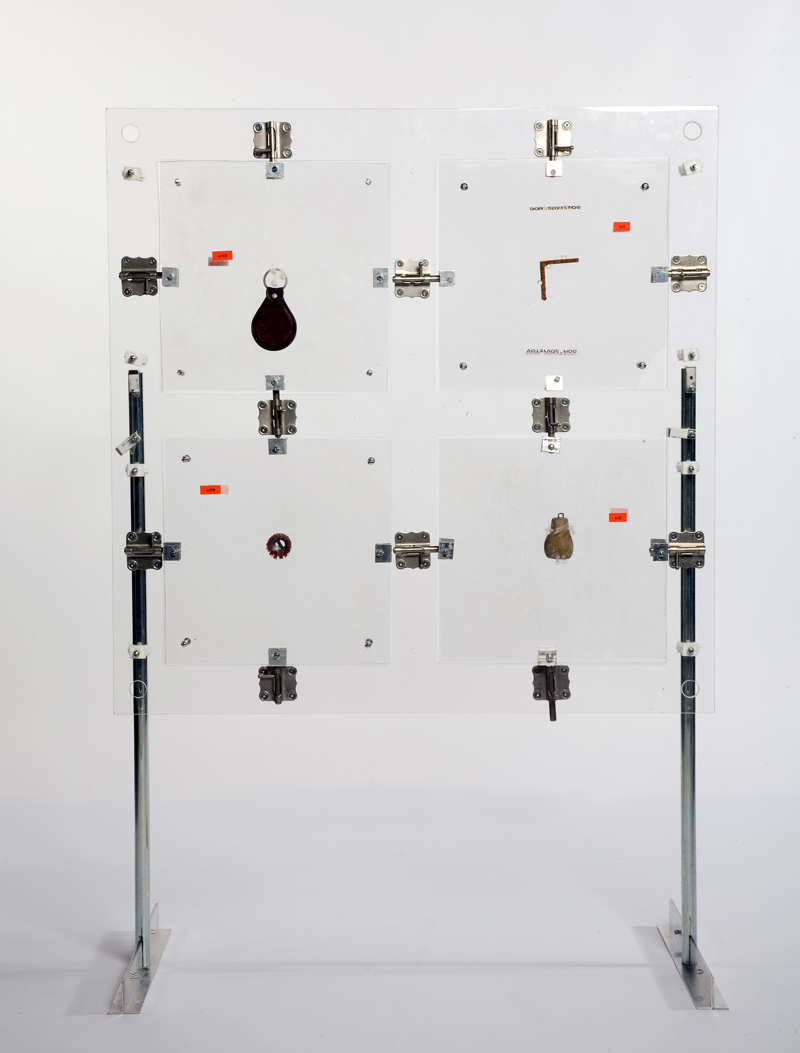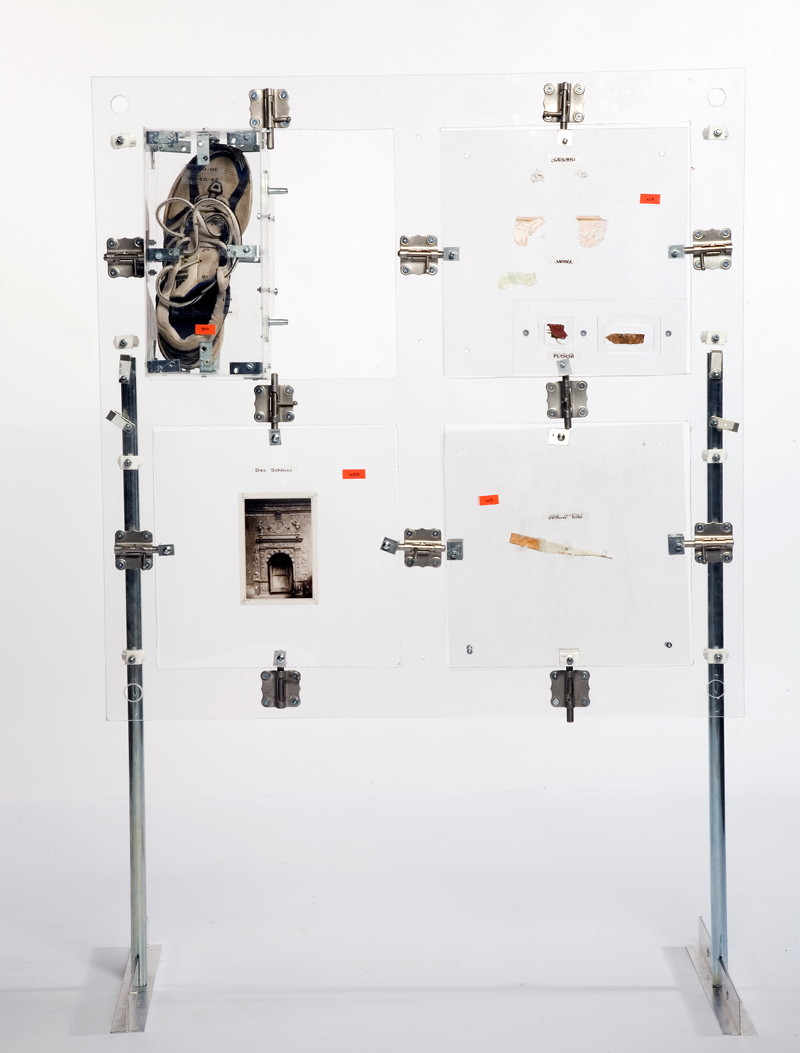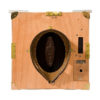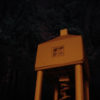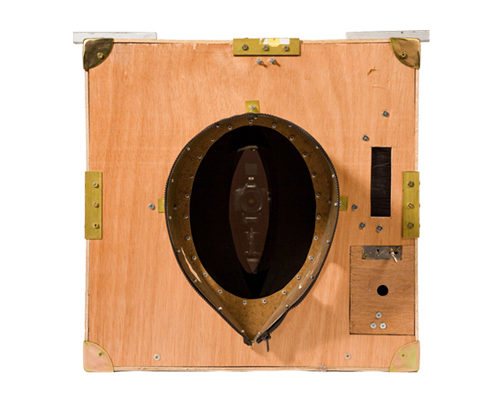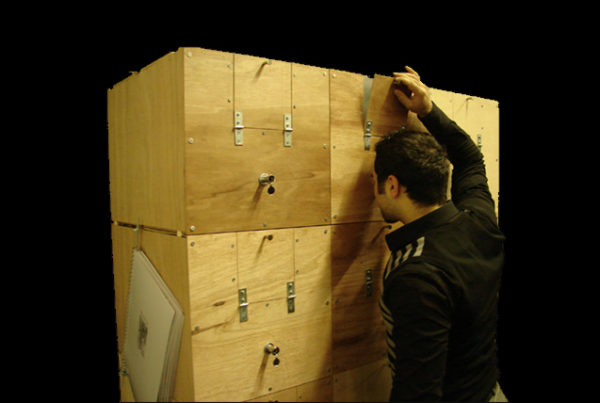Rather than scanning the city (Kaliningrad) by drawing lines across the map and consistently navigating these lines so that the sections would later give an indication of the plurality of mechanisms, I initiated a less rigid method into a more phenomenological approach towards the coincidental encounters with places, people and objects.
By trying to note what others left for granted, it became apparent that in these small stories scattered around the city, the versatility of the city seemed to ‘dwell’. Instead of trying to conceal and reshape facts for purpose of linearity, a transparency in both working methods and its failures was attempted. Conventional analysis of a city are based on predetermined ‘impartial’ rules, they attempt to be self-referential, complete and truthful.
”The story of the city has to be reassembled with each new viewing
The open form of presentation forces them to float between the other objects, the viewer and the maker. The transparent briefcase deprives the objects its logical context and presents it in an autonomous but specific environment so that the objects start to look back. The story of the city has to be reassembled with each new viewing. Fragmentation and subjectivity are mechanisms that harbor in each meaning.



